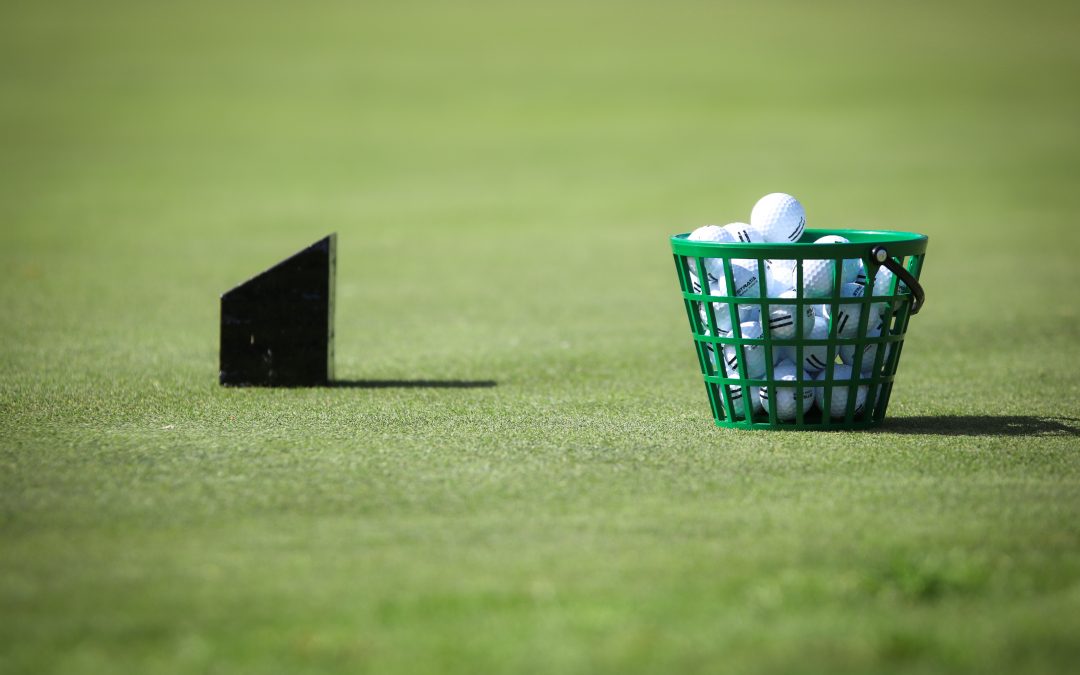They’re a part of the game that golfers often take for granted nowadays, but the process that goes into making golf balls has undergone significant changes. The first golf balls made were probably made of wood, however as many golfers can imagine, trying to strike a solid wooden ball with a club is unpleasant. Therefore, since the beginning of the sport improving balls was a high priority, and the history of the golf ball would run alongside other important developments in the sport.
History of the Golf Ball – Featheries
For many of golf’s formative years wooden balls were phased out in favour of golf balls that were primarily made of feathers stuffed in a sown leather pouch. However, these “featheries” were both prohibitively expensive to make and often inconsistent when struck, especially if they had become damp. In addition, often the balls were not uniform. As many golfers know, playing the sport is difficult enough without having to make adjustments for individual balls. However, they were the best ball available well into the 1800s.
History of the Golf Ball – Guttie Balls
However, in 1848 an alternative was invented by a Scottish clergyman called Robert Paterson. There is a type of rubber sap from Malaysia called gutta-percha. Gutta-percha had been used in Malaysia for many years for tool handles. However, Paterson was the first to try and make them into golf balls. Since the sap could be molded into the correct shape the resulting “guttie balls” were cheaper than featheries, less vulnerable to water damage, more uniform, and best of all, shots could be more consistent by carving grid patterns into the surface with a knife. This was the ancestor of the dimples seen on modern golf balls.
History of the Golf Ball Balatá Balls
A literal twist of fate lead to the development of the next stage in golf ball evolution. In 1898 A golfer, Colburn Haskell was visiting a friend, Bertam Work who worked at Goodrich BF, a tiremaker to play some holes. When Haskell twisted some rubber bands into a ball he found that bounced very high. Work suggested that it could be part of a golf ball. The resulting ball was made of three layers. These were a small inner core, a layer made of wrapped rubber, and an outer layer made of the sap from the Balata tree. Shortly later, dimples would be added to the outer layer for the same reason that grid patterns were used for the “guttie balls”.
Modern Age of Golf Balls – Surlyn
The golf ball as we know it today emerged out of improvements in chemistry in the 1960s. The Balata balls worked better than any that had come before them but the sap’s surface was vulnerable to cuts. Normally this wouldn’t be an issue – unless you were making something for the express purposes of then hitting it with metal objects as hard as you could. The solution was a resin, a hard plastic substance known as Surlyn. This surface was also dimpled, as with the Balata balls.
Nowadays, four main types of balls are sold. The first are cheap 1-piece (layer) balls that are just Surlyn. The second are 2-piece balls that have a solid rubber and metal core. Both types are common in casual play. Then there are 3-layer balls that have a rubber layer in between the core and the surface, and premium 4-layer balls that have a second, much thinner rubber layer. These are made almost exclusively for professional use.
Whether golf balls will eventually be made out of a different substance than resin is hard to say, but the history of the golf ball makes one thing clear. Golfers will always desire to tweak, modify and experiment with the formula in the search of a perfect medium for a perfect shot.


Recent Comments